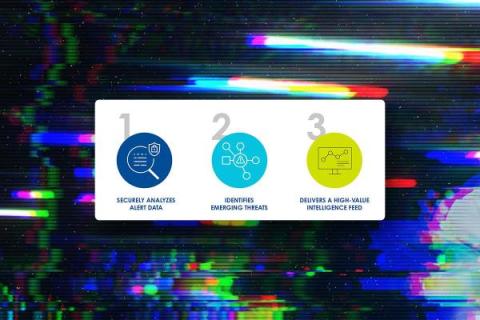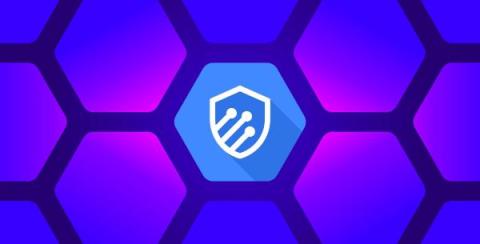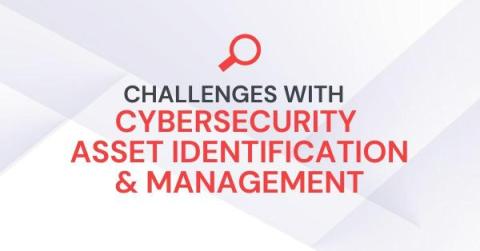Security | Threat Detection | Cyberattacks | DevSecOps | Compliance
Logging
Using RegEx for Threat Hunting (It's Not Gibberish, We Promise!)
Compliance Essentials for Splunk 2.1.0
Stronger Together: Protect Your Organization with the Power of the Community
Cybersecurity is a team sport, as malicious actors and advanced persistent threats are constantly evolving their tactics. In this ever-changing landscape, it is crucial for organizations to collaborate and learn from one another’s experiences. At Devo, we recognize the importance of teamwork in combating these threats. We are committed to enhancing our product capabilities and content to empower every customer to participate in this collective defense.
Coffee Talk with SURGe: 2023-NOV-14 ICBC Ransomware, Sandworm Cuts Power in Ukraine, Volt Typhoon
It's Time for SIEM to Act Like a Security Data Platform
What you’re doing isn’t working. Despite best efforts, the scale of cybersecurity data is outpacing the ability of security information and event management (SIEM) solutions to identify and stay ahead of digital threats. Incremental improvements can’t keep pace with the scale of data contained in cloud solutions and the scope of data created by new tools, like generative AI. The result?
Collect Google Cloud Armor logs with Datadog
As the internet continues to evolve, cybersecurity threats—particularly Distributed Denial of Service (DDoS) attacks—are an increasingly significant concern for organizations. In this post, we’ll look at how you can use Datadog to collect Google Cloud Armor (GCA) logs and detect and respond to potential DDoS attacks in real-time. But first, we’ll briefly cover what DDoS attacks are and how they work.
Valuable Career Insights for Your Career in Cybersecurity
Change is constant in any career, and the world of cybersecurity is no exception. Hackers and cybercriminals devise new tactics regularly, and cybersecurity professionals must stay current with emerging threats and new technology. While keeping pace with these shifts is essential, it’s also important to balance your commitment to the field with your personal career goals.










